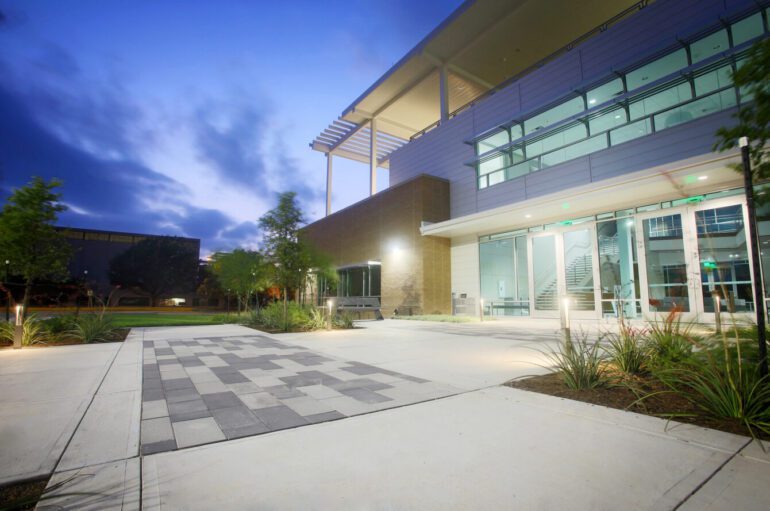TL;DR:
- TACC plays a pivotal role in the NAIRR pilot for AI research and education.
- Frontera and Lonestar6 supercomputers from TACC are among the elite group of six selected for this initiative.
- The NAIRR pilot aims to create a collaborative AI research infrastructure in the U.S.
- The program has the support of 10 government agencies and 25 private sector entities.
- Initial focus: dependable, secure, and trustworthy AI, healthcare, and sustainability challenges.
- TACC commits to enhancing innovation, diversity of talent, and capacity in AI.
- Researchers can apply for pilot resources via the NAIRR website.
Main AI News:
In a groundbreaking move, the Texas Advanced Computing Center (TACC) is set to play a pivotal role in the National Artificial Intelligence Research Resource (NAIRR) pilot, a strategic endeavor aimed at propelling AI research and education. TACC’s two supercomputing giants, Frontera and Lonestar6, have earned their spot among an exclusive group of six supercomputers handpicked to drive this initiative.
Conceived by the U.S. National Science Foundation (NSF) in collaboration with government agencies, the NAIRR pilot is laser-focused on establishing a cooperative AI research infrastructure within the United States. The overarching objective is to bolster and democratize access to critical resources essential for nurturing ethical AI development and fostering innovation.
This monumental initiative boasts the support of 10 government agencies and 25 private sector entities. Director Sethuraman Panchanathan, in an NSF press release, underscored the significance of this collaborative effort, stating, “The breadth of partners that have come together for this pilot underscores the urgency of developing a National AI Research Resource for the future of AI in America.”
In addition to TACC’s formidable Frontera and Lonestar6, the NAIRR pilot’s AI computing resources lineup includes the Neocortex from the Pittsburgh Supercomputing Center, the Summit from Oak Ridge Leadership Computing Facility, the AI Testbed from Argonne Leadership Computing Facility, and Delta and Delta AI from NCSA.
TACC’s Executive Director, Dan Stanzione, expressed his enthusiasm, saying, “We welcome new AI users into TACC and are thrilled to make these resources available as part of NAIRR to spur innovation, increase the diversity of talent, and improve capacity. We have been a leading NSF resource provider for many years and have some of the largest modern GPU-based AI resources available in academia. The nation can look forward to future AI resources purpose-built by TACC as part of the NSF and UT Austin’s investments in AI.”
The NAIRR pilot’s initial focus will revolve around supporting research endeavors dedicated to developing dependable, secure, and trustworthy AI. Furthermore, it will harness AI solutions for healthcare applications and address challenges related to environmental and infrastructure sustainability. The program is also committed to offering critical infrastructure support to educators, enabling them to train others in AI technologies.
Panchanathan emphasized the importance of this initiative, stating, “To continue leading in AI research and development, we must create opportunities across the country to advance AI innovation and strengthen educational opportunities, empowering the nation to shape international standards and igniting economic growth.”
Interested researchers can now submit their applications for initial access to pilot resources via the NAIRR website. NSF plans to issue a more extensive call for proposals this spring, allowing researchers to apply for the full spectrum of NAIRR pilot resources provided by various partners.
Conclusion:
TACC’s involvement in the NAIRR pilot, with Frontera and Lonestar6, signifies a significant step forward in advancing AI research and education in the US. The collaboration between government agencies and private sector entities underscores the growing importance of AI in various sectors, from healthcare to sustainability. This development is poised to drive innovation and economic growth in the AI market.

